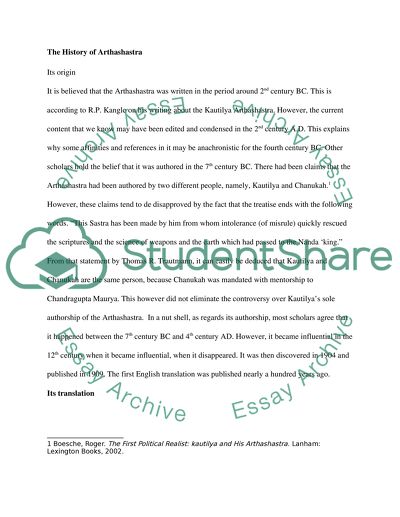Cite this document
(“Arthashastra Term Paper Example | Topics and Well Written Essays - 1750 words”, n.d.)
Retrieved from https://studentshare.org/history/1446798-arthastra
Retrieved from https://studentshare.org/history/1446798-arthastra
(Arthashastra Term Paper Example | Topics and Well Written Essays - 1750 Words)
https://studentshare.org/history/1446798-arthastra.
https://studentshare.org/history/1446798-arthastra.
“Arthashastra Term Paper Example | Topics and Well Written Essays - 1750 Words”, n.d. https://studentshare.org/history/1446798-arthastra.


